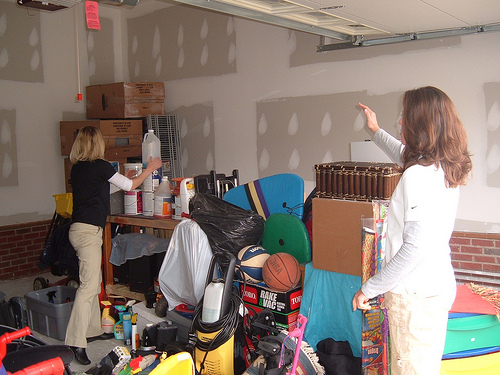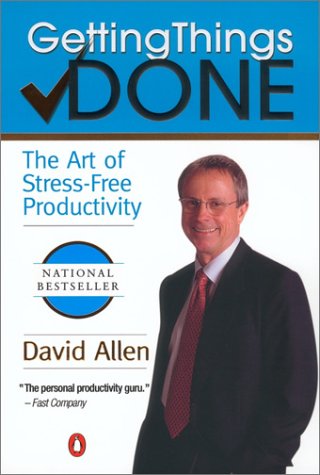
Recently I pulled together some key ideas to use when getting organized into a post, “Organization: Useful Principles,” and I promised to follow up with links to organization posts on this site and with a book recommendation.
I’ll start with the book recommendation, which is David Allen’s Getting Things Done. Allen offers an extremely well-designed approach to organizing task lists and taking care of items on that list: you can get more information on his book in my post “Useful Book: Getting Things Done.”
As to articles on this site, here are some that I hope you might find especially useful:
Task organization
Don’t Use Your Inbox as a To Do List
Weed Out Task Lists With the 2-Minute Rule
My Top 1 Task
Why Tasks Lists Sometimes Fail
Attitude and emotions
Effective Organization and Filing Are … Fun???
Relieving Stress by Understanding Your Inputs
4 Ways to Make Sure You Get a Task Done
Organizing papers
Why bother organizing papers?
The Eight Things You Can Do With a Piece of Paper
Decluttering
Digging Out, Cleaning Up, Uncluttering, and Getting Organized: Let’s Start With a Link
What Our Garage Sale Taught Me About Decluttering My Mind
Some Tips for Getting Rid of Things
E-mail
How I’m Keeping My E-mail Inbox Empty
Free Online E-mail to Help You Keep a Clean Inbox
My Empty E-mail Inbox, 10 Weeks Later
General principles
Organization: Useful Principles
How Exceptions Cripple Organization
Why Organization Improves Motivation, and Some Organization Tips
Little by Little or Big Push?
Photo once again by Rubbermaid Products





